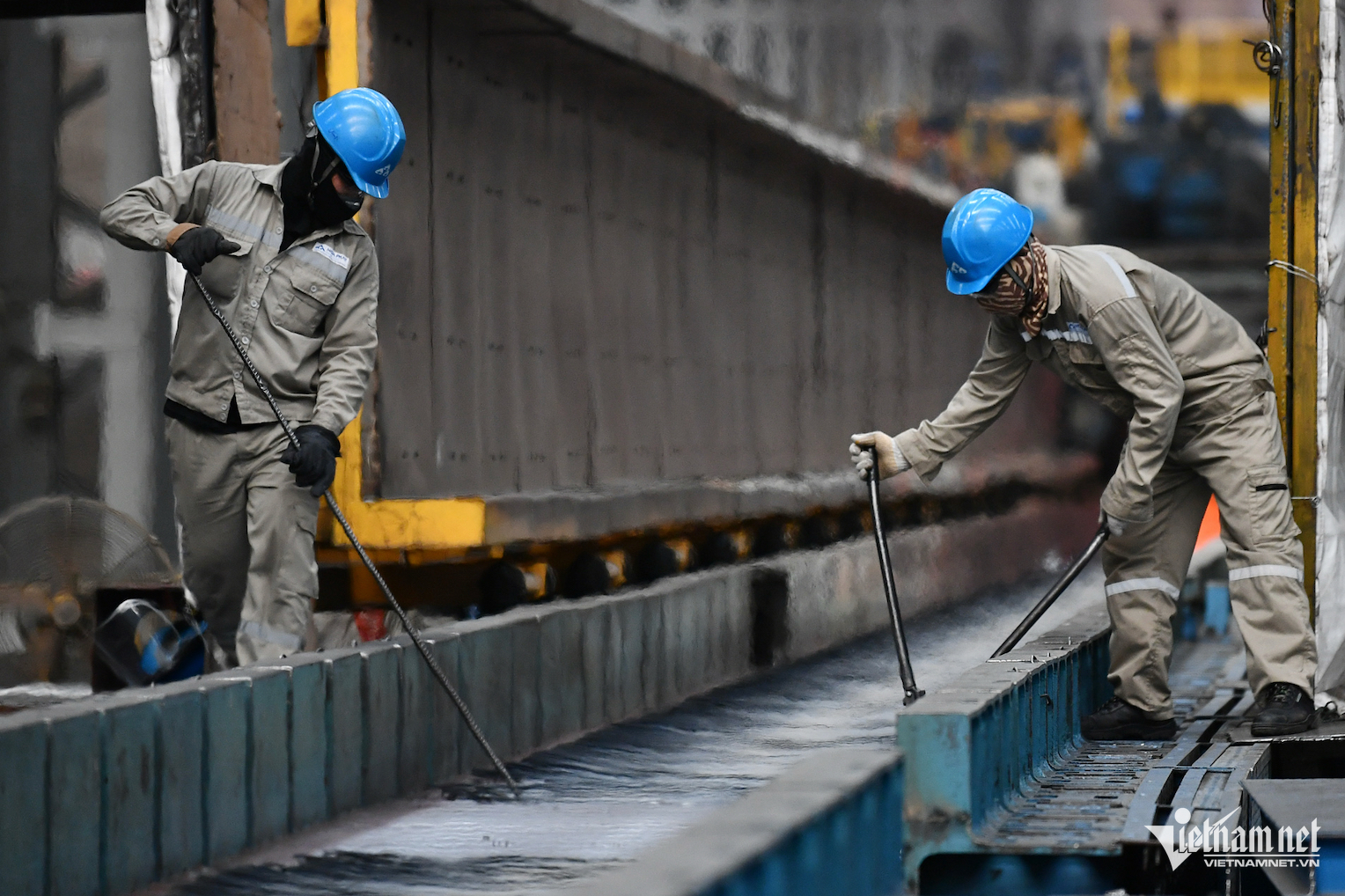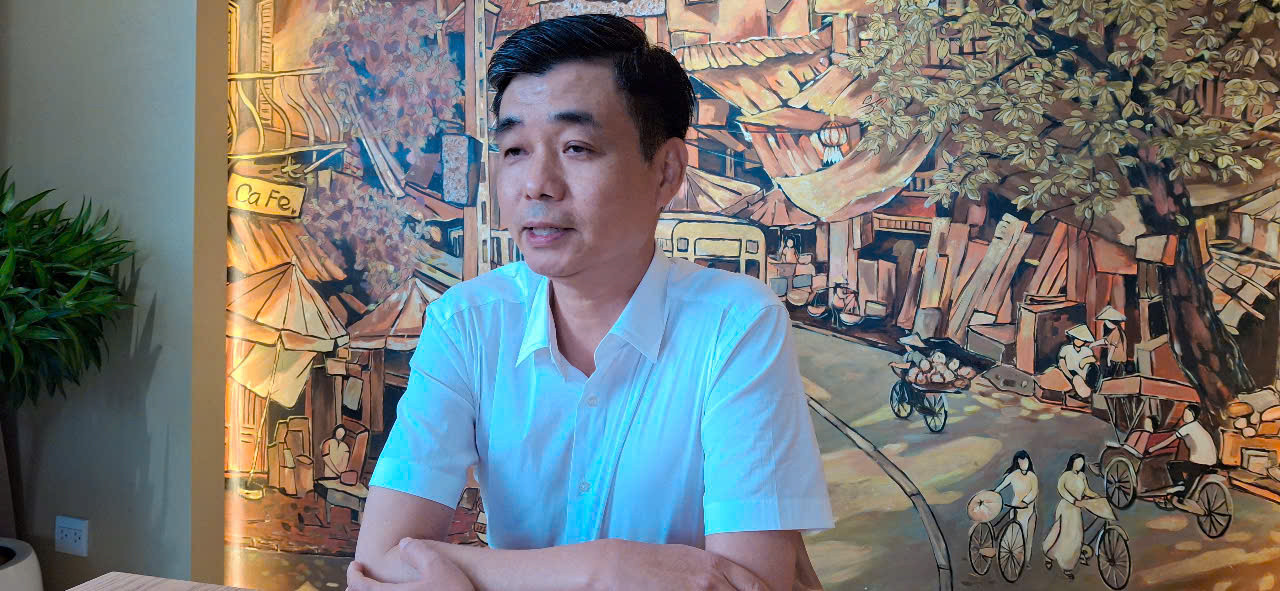That was the message shared by Nguyen Viet Thang, CEO of Hoa Phat Group, when discussing the company’s role in supplying rails for the North-South high-speed railway - one of Vietnam’s most ambitious infrastructure projects.
“We never commit to losses just for the sake of doing it”

At a meeting in September 2024, the Prime Minister invited major Vietnamese companies to support national development by taking on strategic roles in key projects. Hoa Phat responded by committing to manufacture high-speed railway rails, as well as other rail types.
Shortly after, Hoa Phat launched a rail production project at its Dung Quat 2 Integrated Complex, with a total investment of VND 14 trillion (approximately USD 550 million).
Some have speculated that the group's primary goal isn’t revenue or profit, but to leave a lasting mark on a national infrastructure project. CEO Nguyen Viet Thang clarified that although specific profit margins haven’t been determined, “it’s inaccurate to say we’re not concerned with profitability.”
Leveraging existing infrastructure, Hoa Phat is confident in its cost efficiency, and Nguyen reaffirmed that "we never embark on a project knowing we’ll lose money." Profitability, he emphasized, remains a core objective, especially for shareholders.
While rail pricing hasn’t been finalized, Hoa Phat believes it can offer competitive prices and turn a profit. Given the project’s unique nature - with a single buyer and seller - it will require both sides to agree on pricing mechanisms.
“If Hoa Phat delivers rails at a reasonable cost, there’s no reason the government would ask us to sell at a loss. On the other hand, if our price is too high, the state wouldn’t accept it either,” he noted.
Laying the foundation for Vietnam’s railway industry

“We will be profitable,” Nguyen repeated. More importantly, he added, the project represents the beginning of Vietnam’s own railway manufacturing industry.
“Normally, we only invest in projects with at least a 90% efficiency projection. But for this rail project - something that pioneers a new sector - we’re willing to accept even a 50% efficiency rate. This is a long-term strategy with significant growth potential,” he shared.
Previously, all rail used in Vietnam was imported. With the North-South high-speed railway now greenlit, Hoa Phat aims to change that and build national self-reliance in this critical infrastructure component.
According to the Ministry of Construction, Vietnam could need around 1.7 million tons of rail by 2035. Hoa Phat’s facility has an annual capacity of 700,000 tons, with about 150,000 tons allocated for rail production - allowing the company to meet most of the expected domestic demand over the next decade.
Globally, steelmakers typically dedicate just 15–20% of their production to rail. With current capacity, Hoa Phat is confident it can fully meet Vietnam’s needs.
Most significantly, investing in rail production will allow Hoa Phat to master the technology and establish Vietnam’s first domestic rail steel plant.
A launchpad for broader infrastructure manufacturing
The North-South high-speed railway, with a projected investment of USD 67 billion, not only creates employment opportunities for Vietnamese enterprises but also provides the momentum Hoa Phat needs to invest in high-end manufacturing.
Nguyen sees this project as a launchpad for expanding into other infrastructure segments. The total investment could eventually reach USD 100 billion when factoring in additional metro lines in Hanoi and Ho Chi Minh City, as well as railways for ports, cranes, and other infrastructure sectors.
The North-South high-speed railway, approved by the National Assembly in November 2024, has a preliminary investment of approximately VND 1.7 quadrillion (USD 67 billion). Spanning 1,541 km from Ngoc Hoi Station in Hanoi to Thu Thiem Station in Ho Chi Minh City, the railway will traverse 20 provinces and cities.
Designed for a speed of 350 km/h and a load capacity of 22.5 tons per axle, the project will feature 23 passenger stations and 5 cargo terminals. It is expected to meet both civilian and national security needs, with freight capabilities when required.
Tam An